News
Power List: Prime Movers
If you believed that the most important players in the ever-thriving business of watches were the people who made them and the people who bought them, you’d be wrong, very wrong. Between these two ends of the spectrum exists a thriving ecosystem of retailers, experts, influencers and journalists, all with their role to play, all making their impact on contemporary watch culture. Among the most influential players in this equation are the professional watch journalists; it is hard to overstate the impact this small group has had on shaping trends and tastes over the last decade.
Today, it might be common for watch news websites to not only sell the watches they report on, but actively collaborate on limited edition releases which invariably sell out in minutes. This wasn’t always the case. Little over a decade ago, “bloggers,” as watch brands typically (and often derogatorily) called online media, struggled to be given press releases — let alone trade show access — from major brands. Veteran online journalists like Monochrome’s Frank Geelen and Fratello’s Robert-Jan Broer walked so that the current crop of social media experts could run.
Of course, you can’t understate the influence social media — specifically Instagram — has had in amplifying our passion for watches, providing a seemingly never-ending whirlpool of comment, content and eventually commerce. At the center are a group of experts from all over the world who, between them, can wield immense power. Sure, they might not make the watches, or even buy them, but the endorsement of the world’s watch journalists goes a long way in determining what watches get made, bought and sold. These are the players you need to know.
A Collected Man
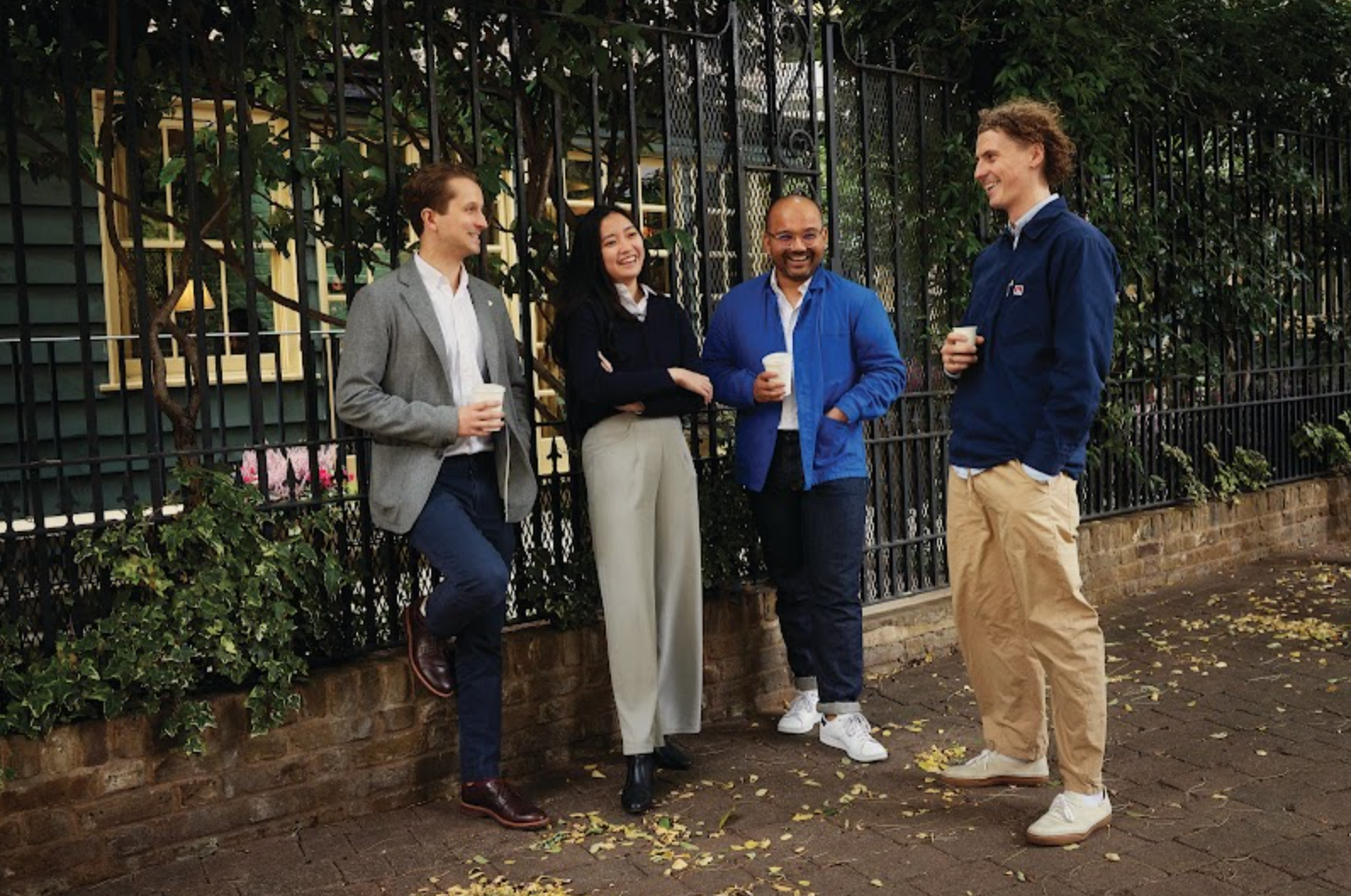
The editorial team from A Collected Man (L-R): Editor Russell Sheldrake, staff writer Kwan Ann Tan, staff writer Raj Chaudhuri and creative director Mark Greig
ACM exemplifies a “new breed” of watch media. Over the years, ACM has built up a sterling reputation for quality, in-depth editorial writing, seemingly unshackled from commercial imperatives.
Editor Russell Sheldrake says: “We certainly seem to be witnessing watches move more into the public consciousness than ever before. With the MoonSwatch launch being covered by mainstream publications and record prices attracting more and more attention, this can only be a good thing for the landscape. As always happens in these instances, however, there will be a reaction, as the press inevitably shifts to cater to this wider audience. There will be those who crave more detailed, nuanced coverage, which seems to be a trend that we can see across a lot of other areas where knowledge is becoming more valuable than anything else.”
Carlos Alonso
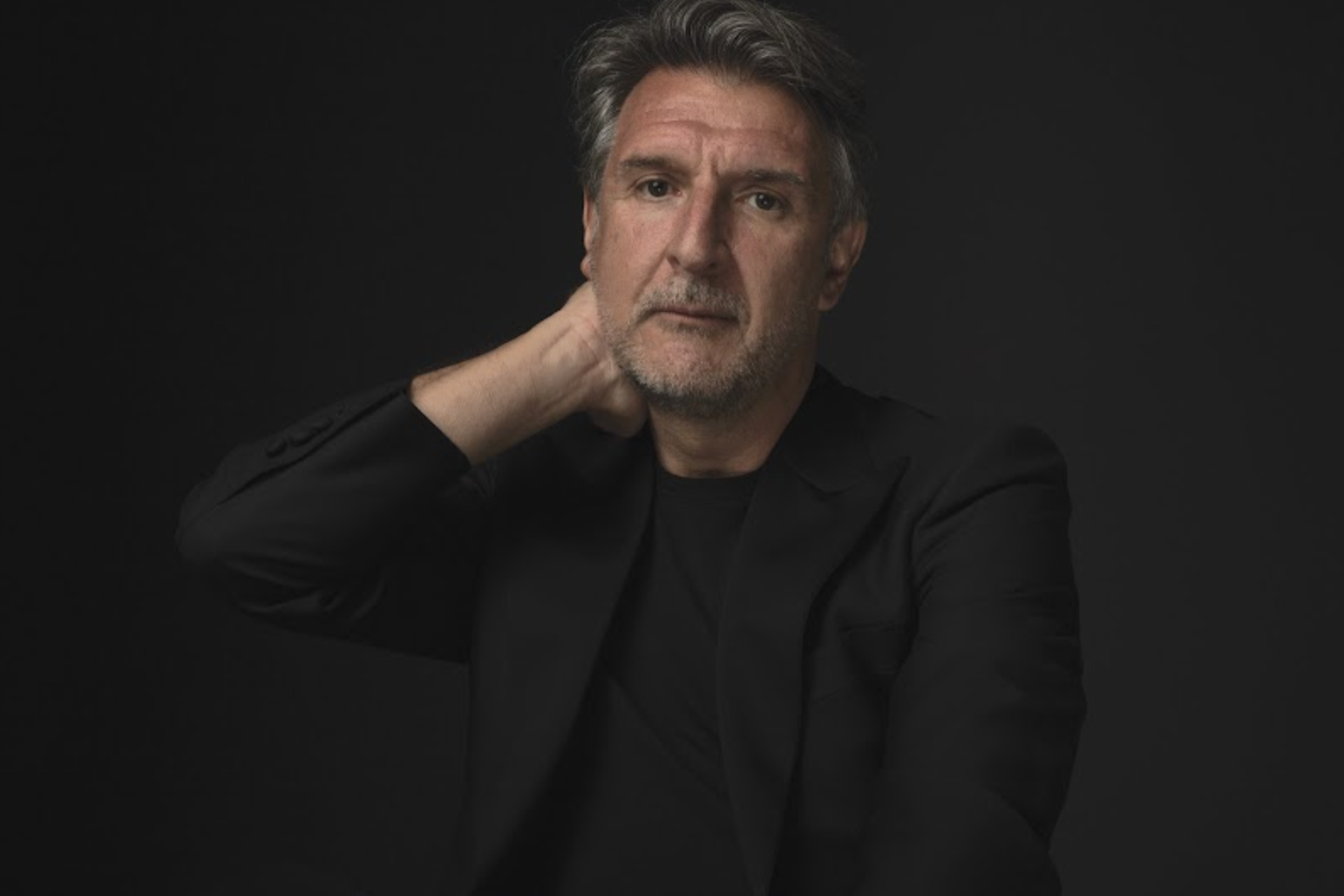
Carlos Alonso, founder of SIAR
With more than 50 exhibitors for the 2022 edition of SIAR, it has, since its beginning in 2007, become the highlight of Latin watch culture. While fine watches are a global business, most of the attention is pulled, as if by some sort of horological gravity, to major centers like Geneva, London and Singapore. This makes Alonso’s work even more important in ensuring regional representation.
Fratello Watches

Fratello Watches founder, Robert-Jan Broer
For many, Fratello is synonymous with #SpeedyTuesday. The site started the #SpeedyTuesday community for collectors and enthusiasts in 2012, and it has resulted in two limited edition Speedmaster “Speedy Tuesday” models that they did together with Omega and that immediately sold out, providing a rock-solid proof point for the power of watch media and maker partnerships.
Robert-Jan Broer explains: “It’s great to see what has become of that small circle of watch media titles and journalists there once were. When I started Fratello, it took years before watch brands were even willing to send me press releases. It is good to see that the brands today know how to deal with online media and creators. It will have a positive effect on the watch landscape.”
Hodinkee
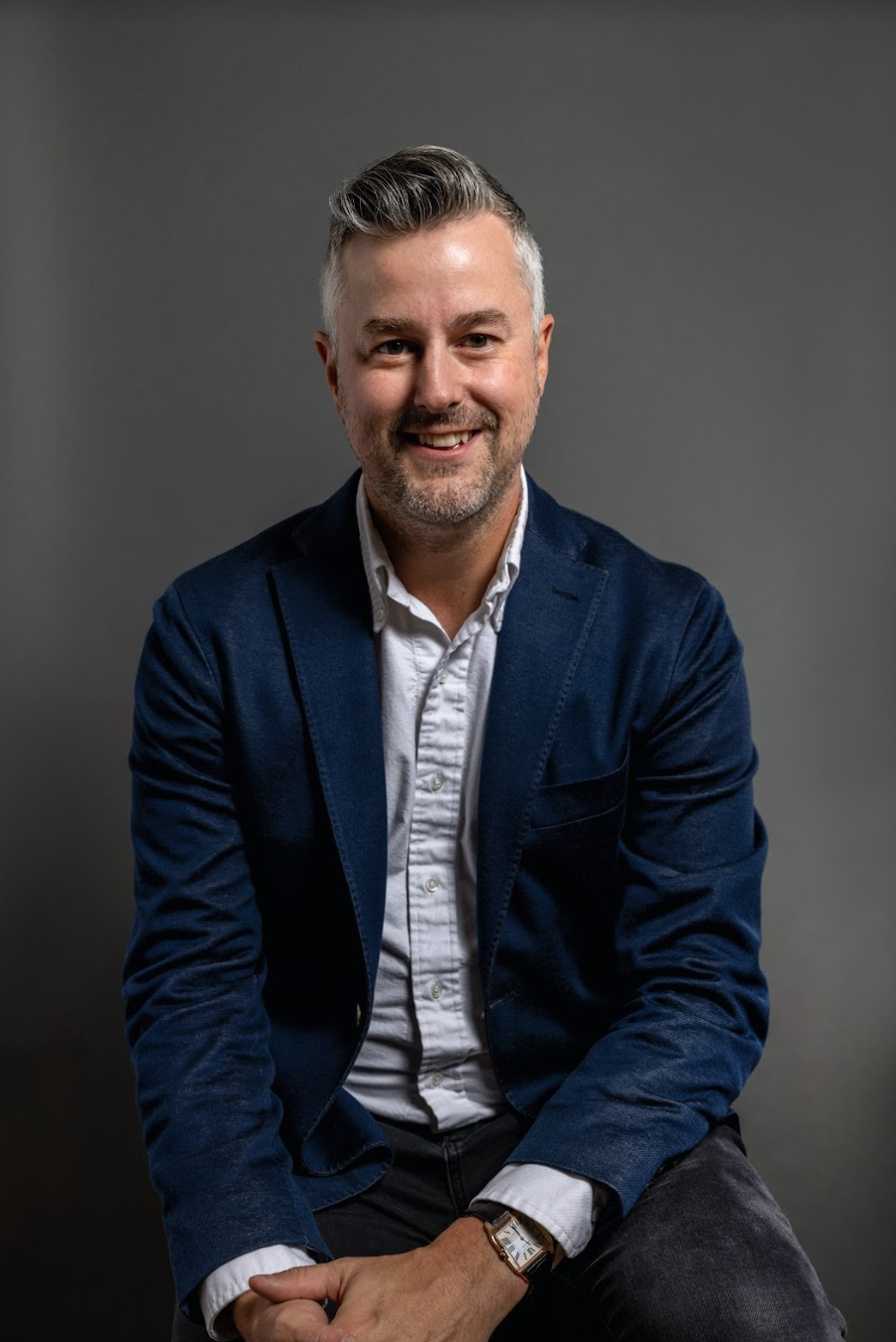
Hodinkee CEO, Jeffery Fowler
They might not have been the first watch media site, but they’ve become the biggest. It’s fair to say that without Hodinkee, watches would not be enjoying the pop cultural prominence that they currently have.
Jeffery Fowler notes that “we’ve already seen a noticeable shift in who’s interested in the watch world, as younger individuals of all different backgrounds are entering the space. I anticipate many brands will need to evolve in order to navigate this shift and really listen to their communities to ensure they’re meeting the needs of these new audiences.”
Monochrome Watches

Monochrome Watches founder, Frank Geelen
Monochrome, along with several other sites in this article, is exemplary of a personal blog that has evolved to become a global authority, consistently going beyond the press release to provide expert editorial analysis that can only come with years of passion and experience.
Perhaps surprisingly, Frank Geelen admits: “We have hardly changed in style; we still focus on in-depth stories and reviews about the most beautiful watches. But while the message remains the same, the medium is changing. What has changed is that we upped the game for videos! That’s a pretty big thing, as creating a few minutes of video is a lot of work, but it allows us to get a bit more personal and opinionated.”
Miss Tweed

Miss Tweed, AKA Astrid Wendlandt
You’re not going to find stories about the latest limited edition on Miss Tweed. What you will find is something much more interesting — an incredibly insightful and informed analysis on the business of watches, from internal corporate maneuvering to rumored takeovers and buyouts. It’s like Succession, but with more watches.
Nick Foulkes
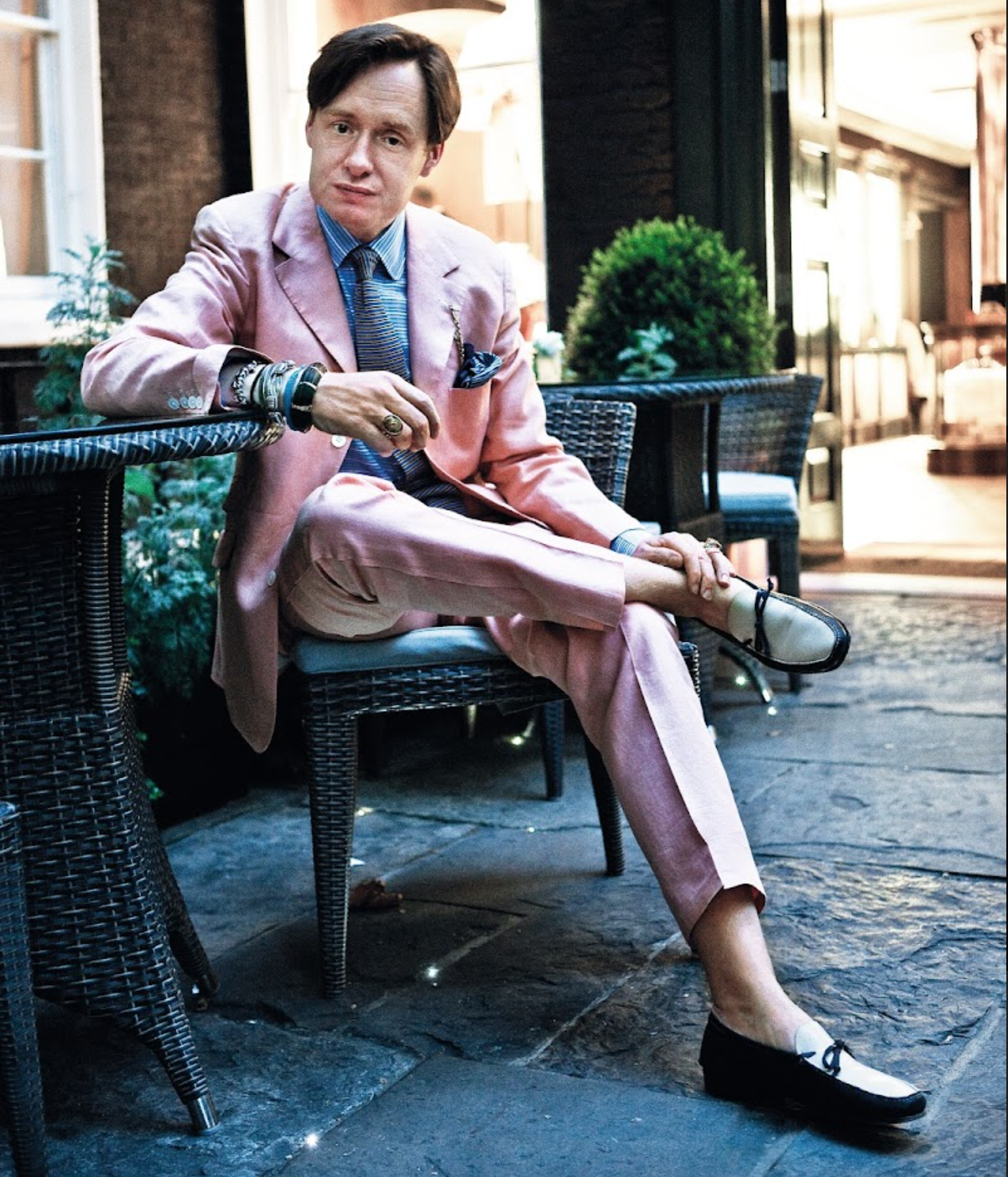
The one and only Nick Foulkes
This year, Nick Foulkes’ opinion matters even more than usual, as he’s the president of the jury for the Grand Prix d’Horlogerie de Genève (GPHG). For someone who has spent a great deal of his life highlighting horological excellence, it’s a natural fit.
SJX Watches
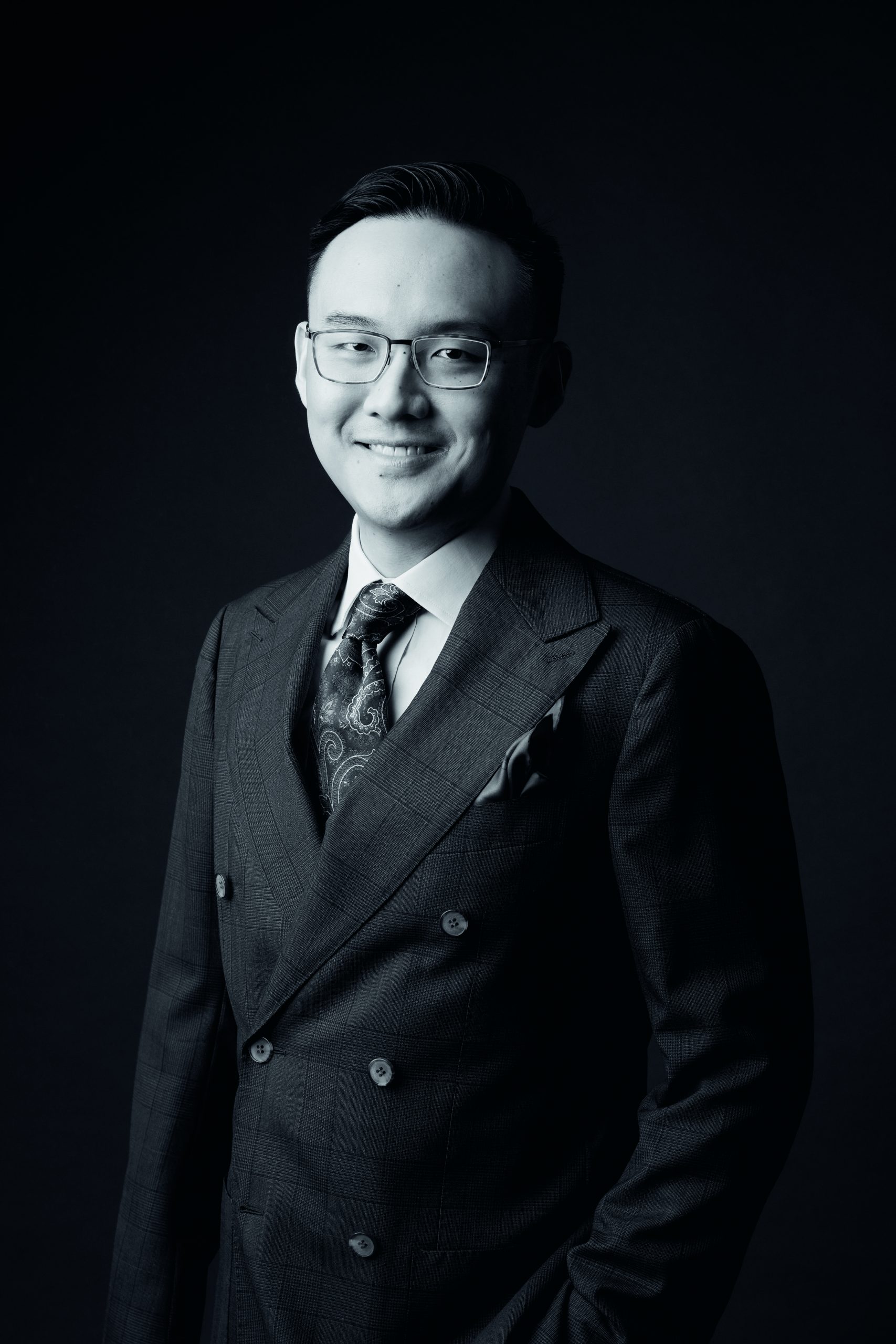
SJX Watches founder Jia Xian Su
While the site covers a range of luxury watches, it excels as a champion and an advocate for the independent and artisanal, and — given the increasing prominence of this sort of watchmaking — SJX Watches has succeeded in its mission.
Time+Tide
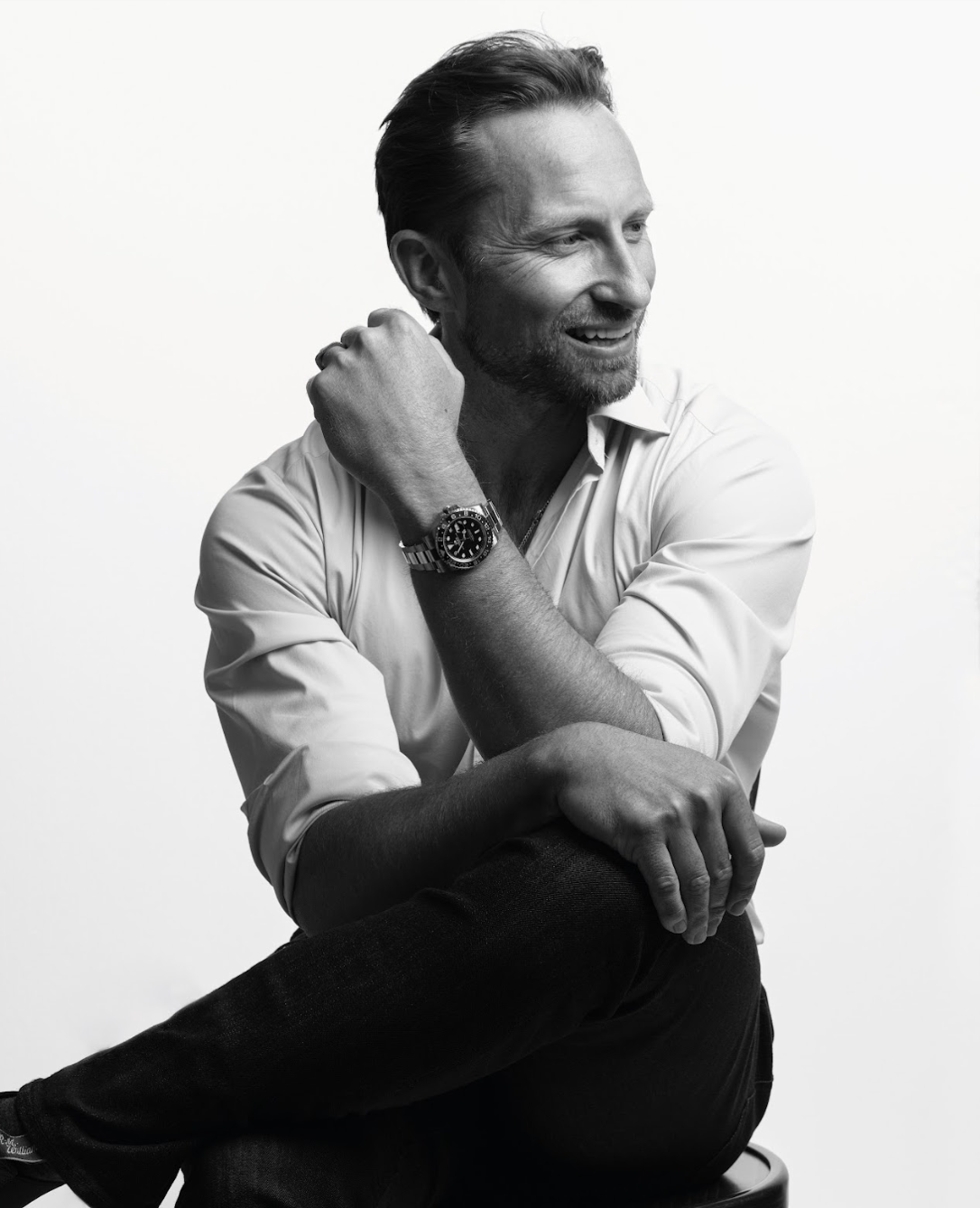
Andrew McUtchen, founder of Time+Tide
Australia is a long way from the heartland of watchmaking, and Time+Tide rapidly came to be not only the leading voice of watches in Australia, but also a significant global force, transitioning from a straight news service to one with a strong YouTube presence and burgeoning e-commerce platform.
Andrew McUtchen says: “Some of the happiest moments in my career have been working with brands like Revolution, and with the watch brands we all love, on charity projects. It’s something of a new development, and it’s an entirely new community spirit looking outwards at the world around us and how we can help people. Our joint support of causes we believe in, such as our [Watch & Act] bushfire auction and the Pink Dial Project to name just two, has raised more than half a million dollars. Hopefully this community is one that long outlasts me, and even Time+Tide.”
WatchBox
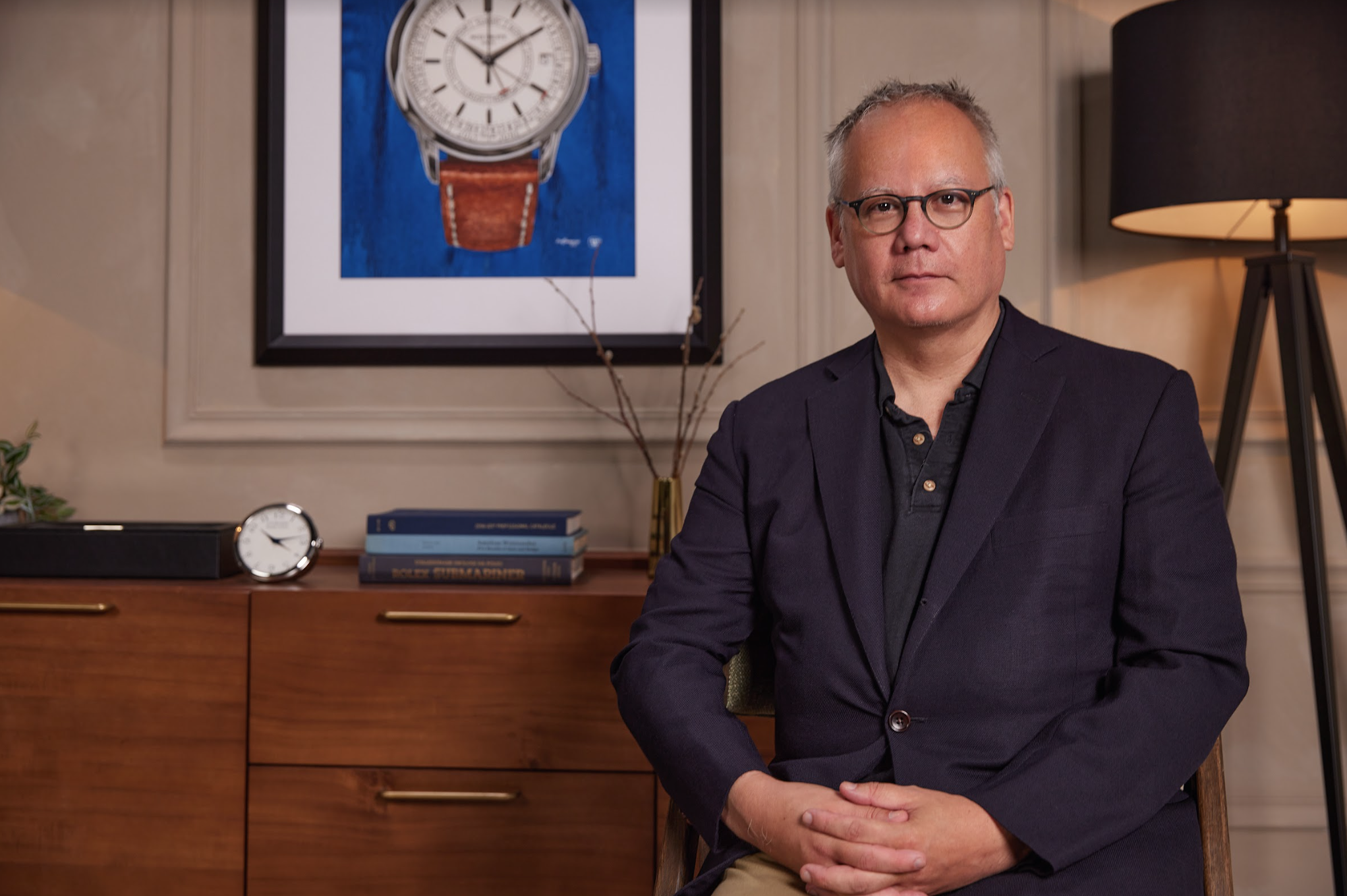
WatchBox Editorial Director, Jack Forster
The company was early to understanding the importance of video, thanks largely to Tim Mosso’s vast knowledge and magnetic personality. And with the recent appointment of industry veteran Jack Forster as global editorial director, that focus isn’t shifting any time soon.
For Jack Forster, the future comes down to one thing. He says, “The future is really diversity — diversity of content, diversity in communities, and diversity in how content is presented. There is always a little bit of a tendency in media to think in terms of one size fits all solutions — video is a case in point.
Video is indispensable, but there are things better done in long form written content; there are things you can do in terms of experience in print which you cannot successfully duplicate online or in a video. Mechanical horology itself is proof that technical advances don’t necessarily displace emotionally compelling experiences. There are huge opportunities right now in watch media, and I think that whomever understands most clearly that video, online written content, social media and print all have a role to play, and who also understands the relative strengths of each, is going to come out ahead.”










